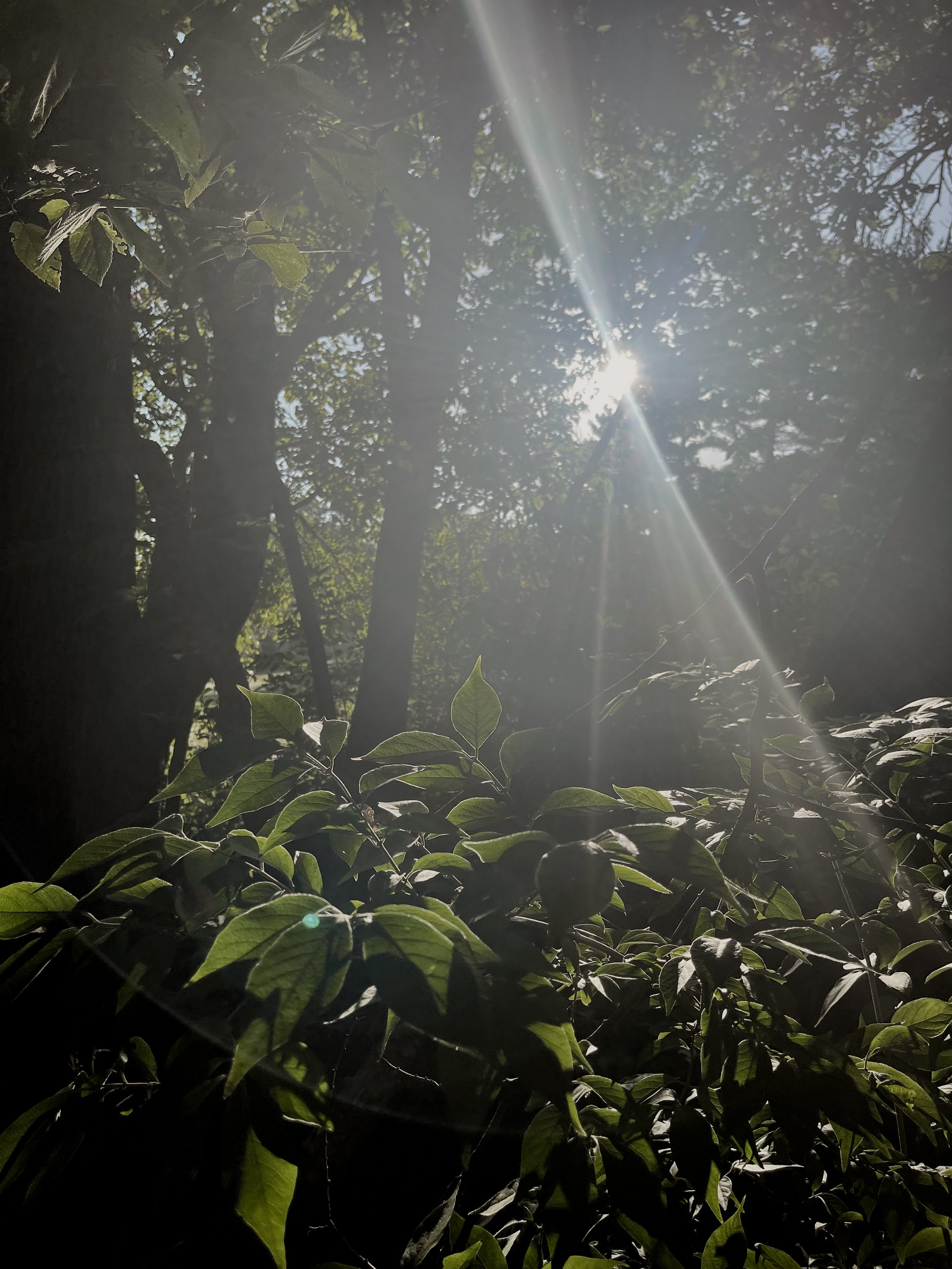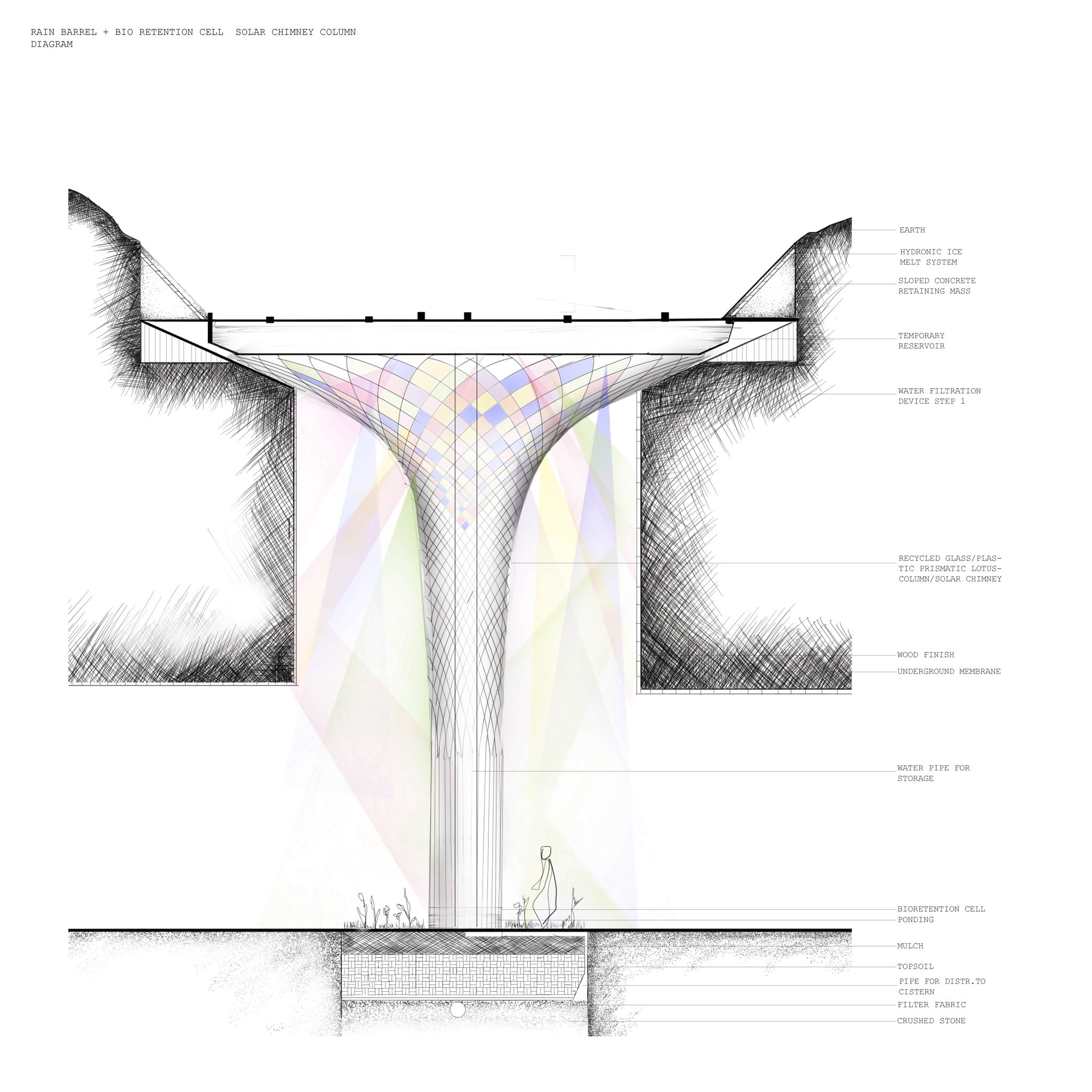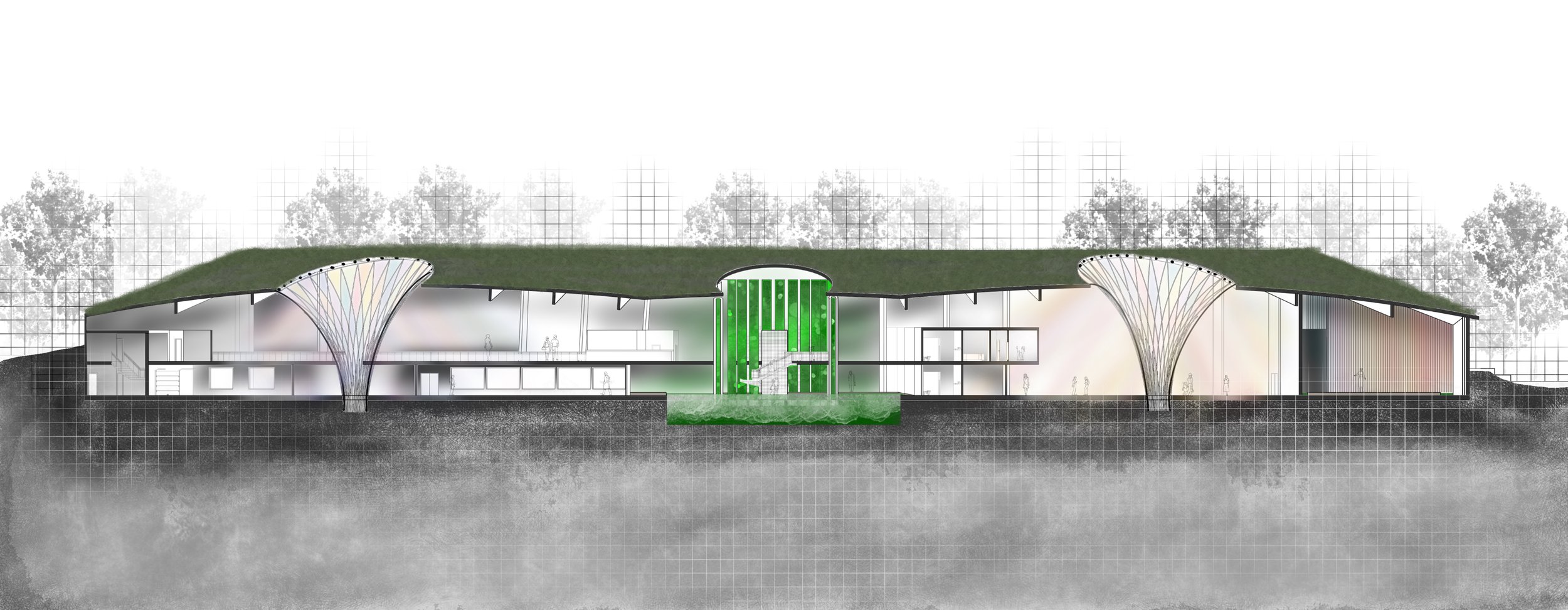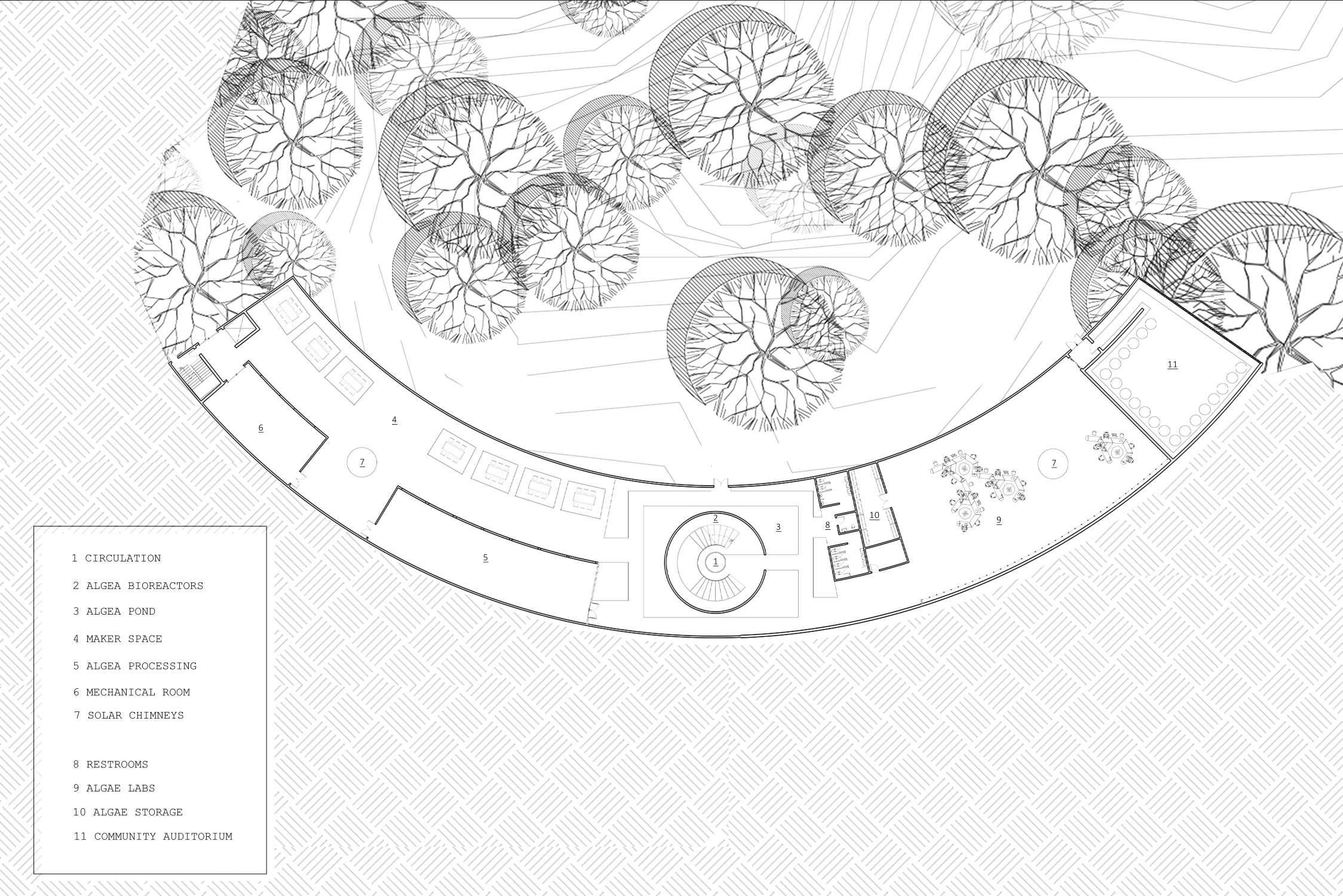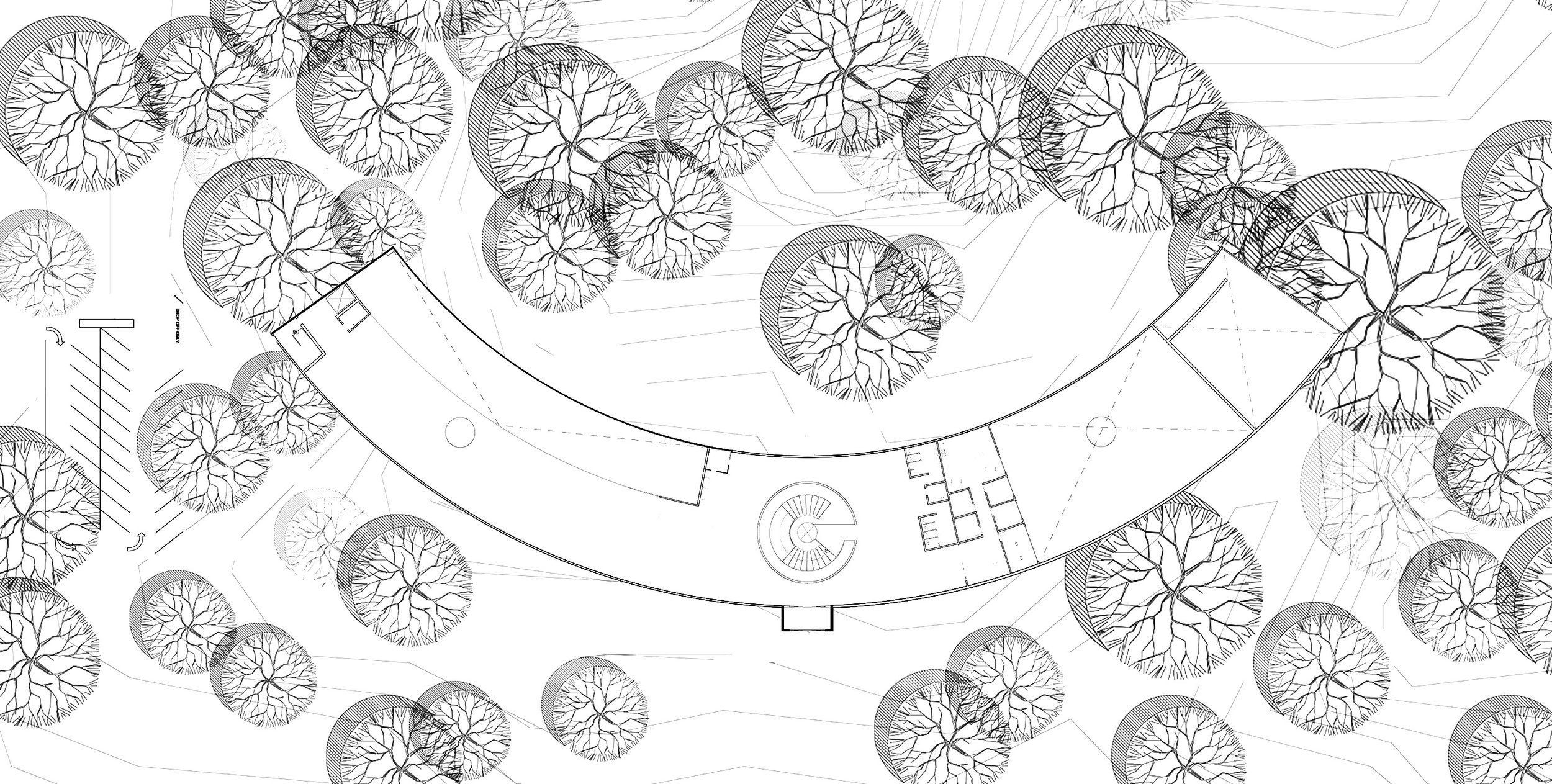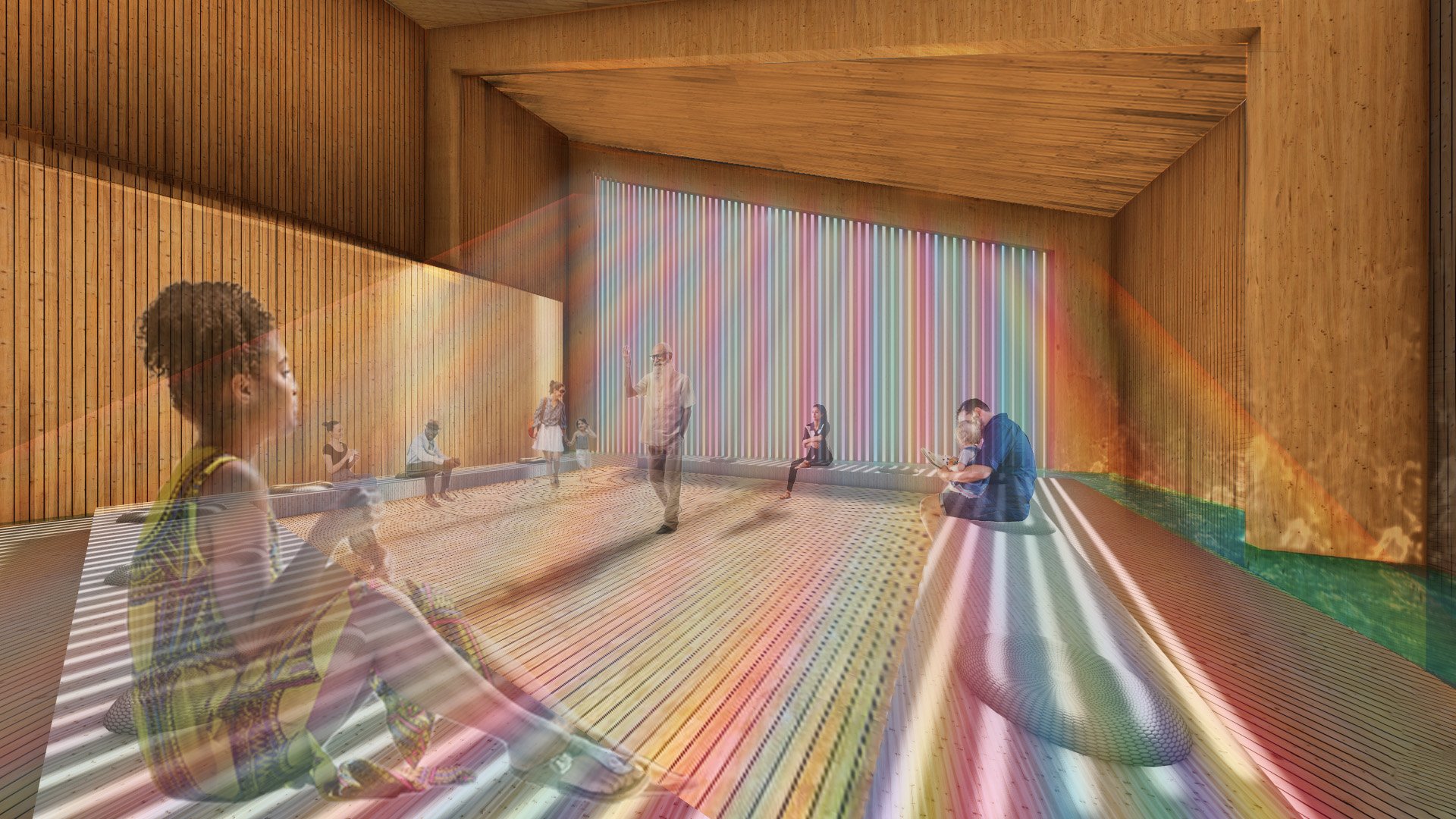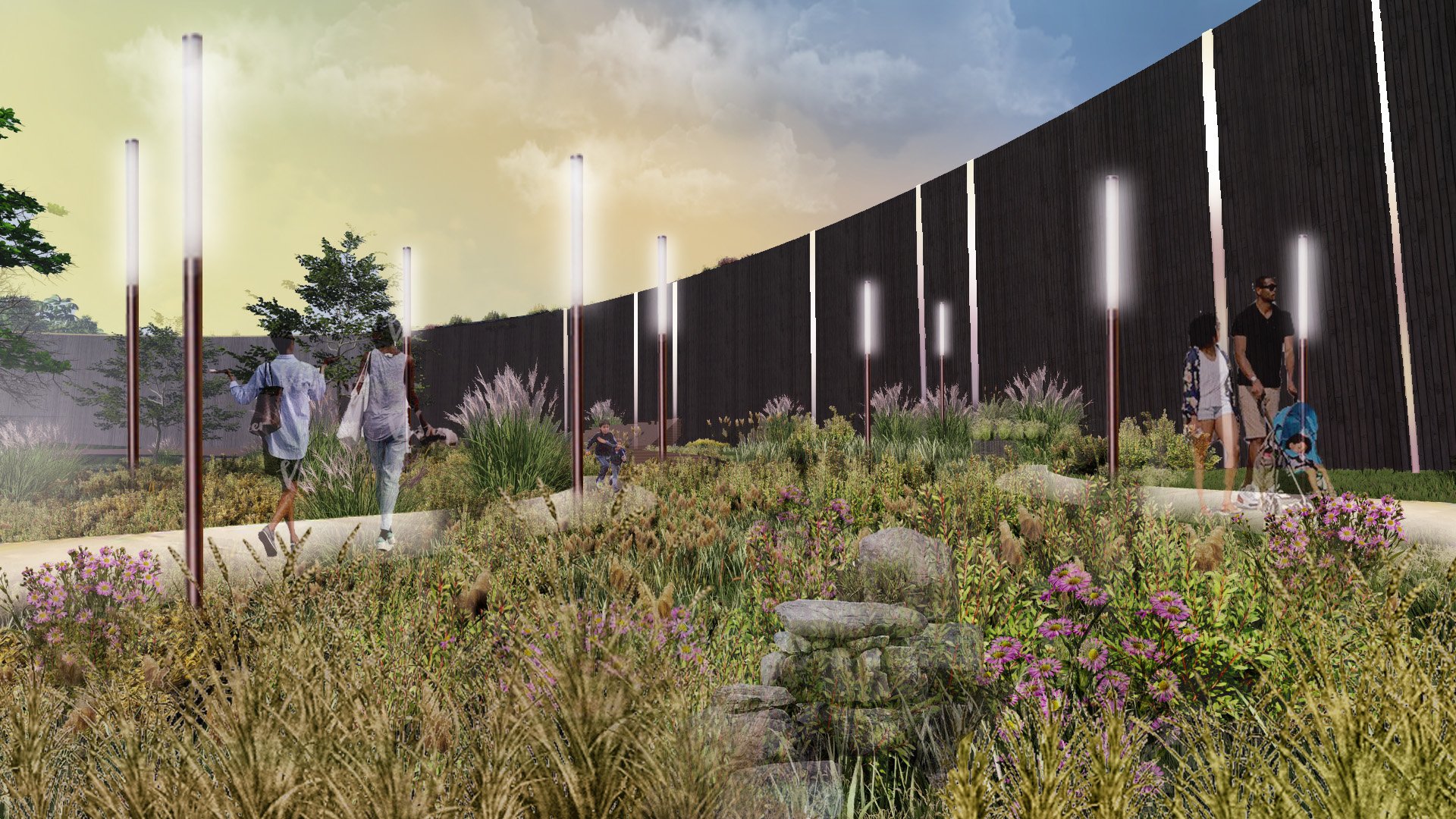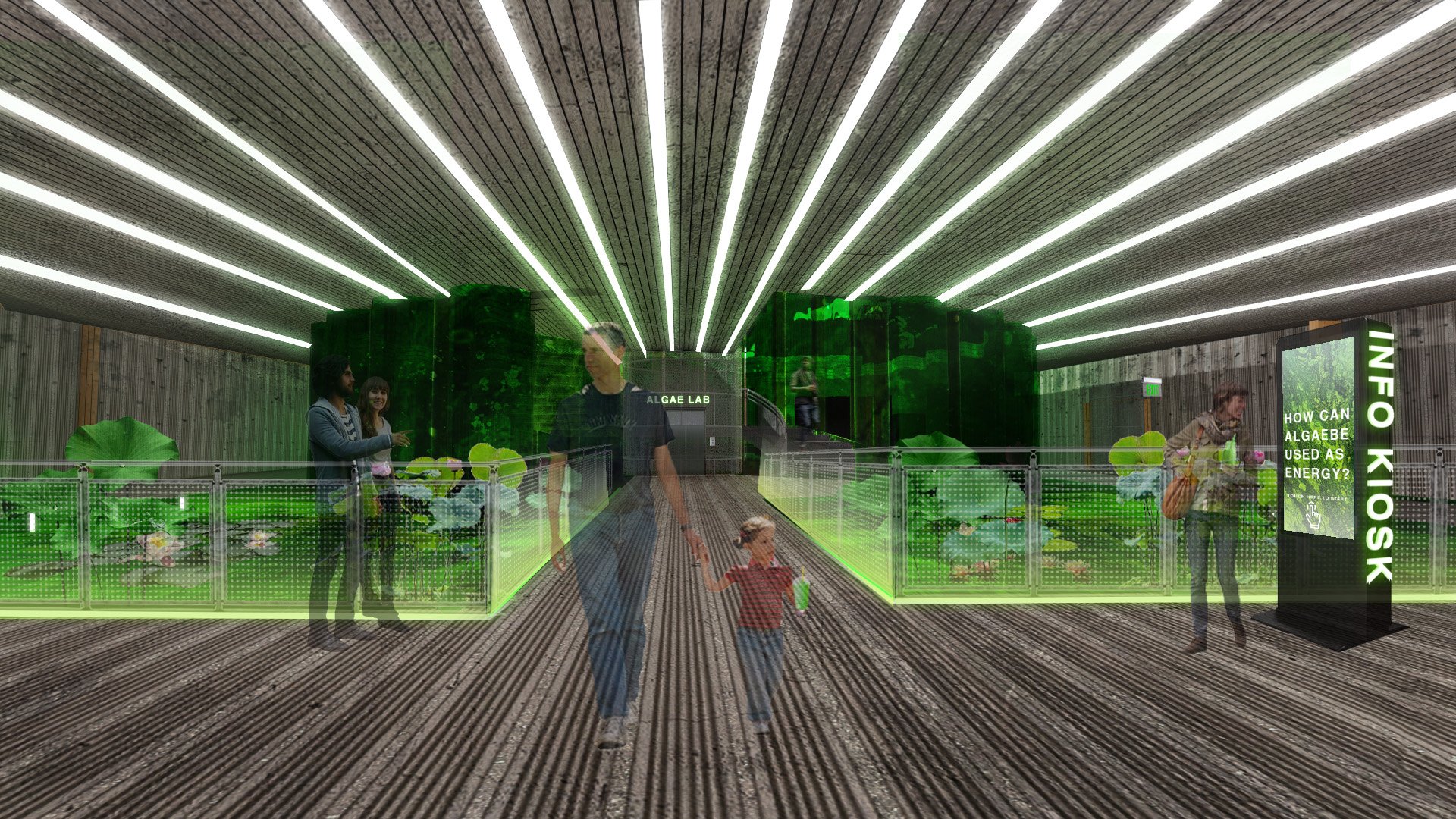
bioluminescence
AMES RENEWABLE ENERGY CENTER
STUDIO IYANALU | ARCH 401 | HIBA SALIH + EMMA BONTRANGER
LIGHT AS ENERGY, BEAUTY, EXPERIENCE
the conceptual sketch of a solar column with a rain capture system that inspired the concept
A building that adapts, breathes, reacts and responds. These were our initial goals when we began our research at the beginning of the semester. The basis for our research and precedents revolved around these ideas and formed the boards which helped us make decisions through the entirety of the semester.
When we first visited the site we immersed ourselves into the environment and sketched our observation in order to refer back to later. Some of our initial observations included the variety of vegetation on the site, the density of specific areas and the topographical changes that were both natural and manmade. We discovered that the north side of the site contained a large ravine that cut from west to east and was dense with old as well as dead trees. Aside from this slope, two other topographical changes were noted, one being manmade on the east side of the site, where an old residence used to lay and the other being a gradual slope down throughout the entirety of the site towards almost the center.
The center of the site was one of the most interesting parts to us, in this location the underbrush wasn't as heavy and we were able to walk around easily noting several large trees that were at least 60-100 years old as well as many small clearings in which wildflowers and fungi grew abundantly and the sun filtered through the trees creating beautiful shadows and light rays. In these areas we also noticed the greatest absence of noise pollution created from the intersection in the SE corner of the site and on the contrary found this spot to be the liveliest with wildlife, from bees and butterflies to birds.

the use of algae as a facade with bioreactor panels // light + color facades // (autotrophic growth, used to power the building making the building a living building) // algae as a microforest - its ability to absorb CO2 and exchange oxygen so even a thin layer is extremely effective and because of its short life cycle algae is able to absorb 45-50% of plant’s absorption of CO2

How light + color affects our wellbeing and experience in a space

Green Concrete as a sustainable structural element + bioclimatic design sequestering about four-tenths of a ton of carbon dioxide in each ton of the material. increases compressive strength in concrete while reducing usage of portland cement + reduces carbon emissions

Integration - programmatically integrated within the space (outreach programs) indoor outdoor classrooms, nature labs, green workshops, kitchens, symposium online , Wellbeing - conversation with mother nature + building itself integrates the environment.


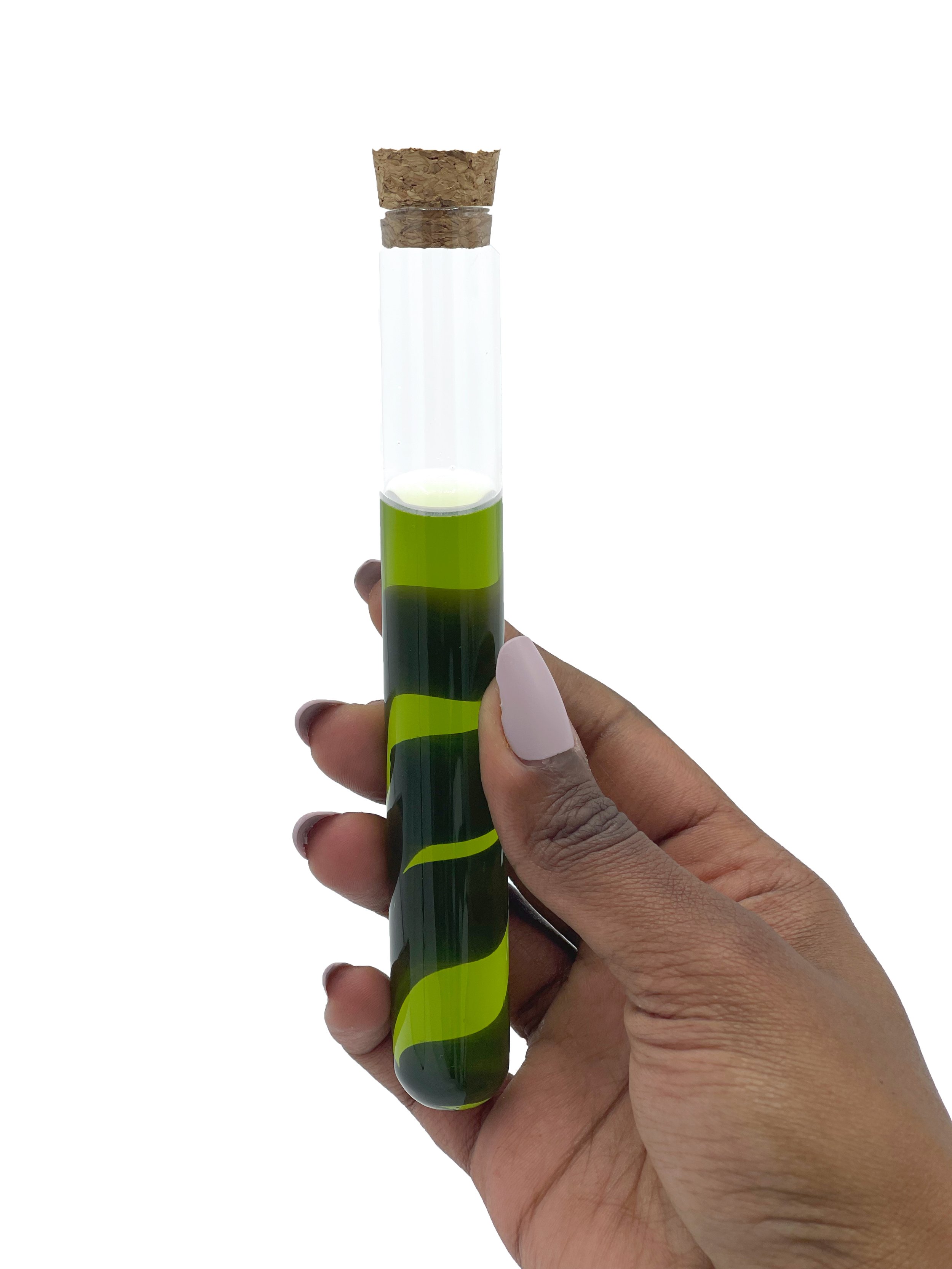


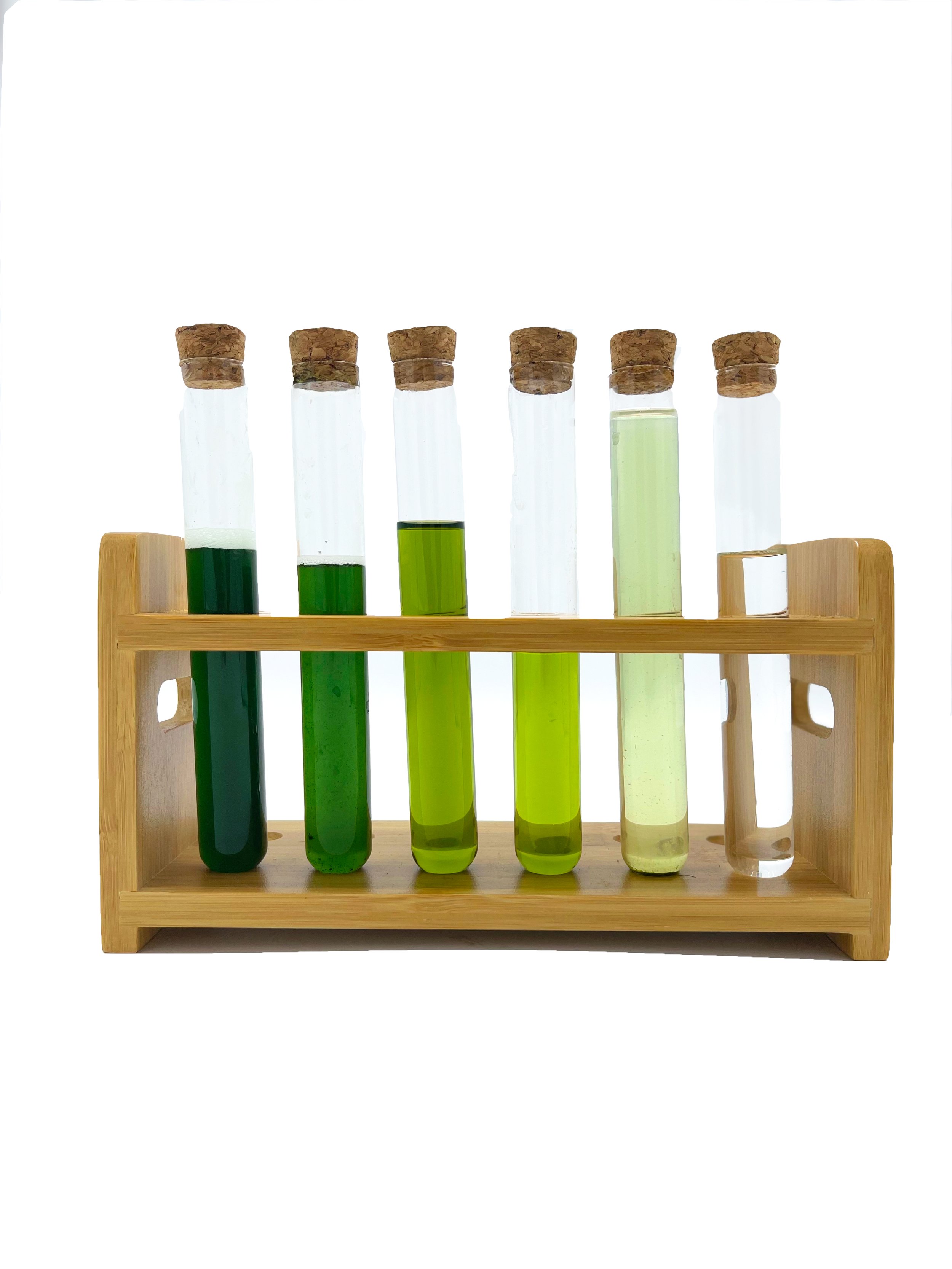



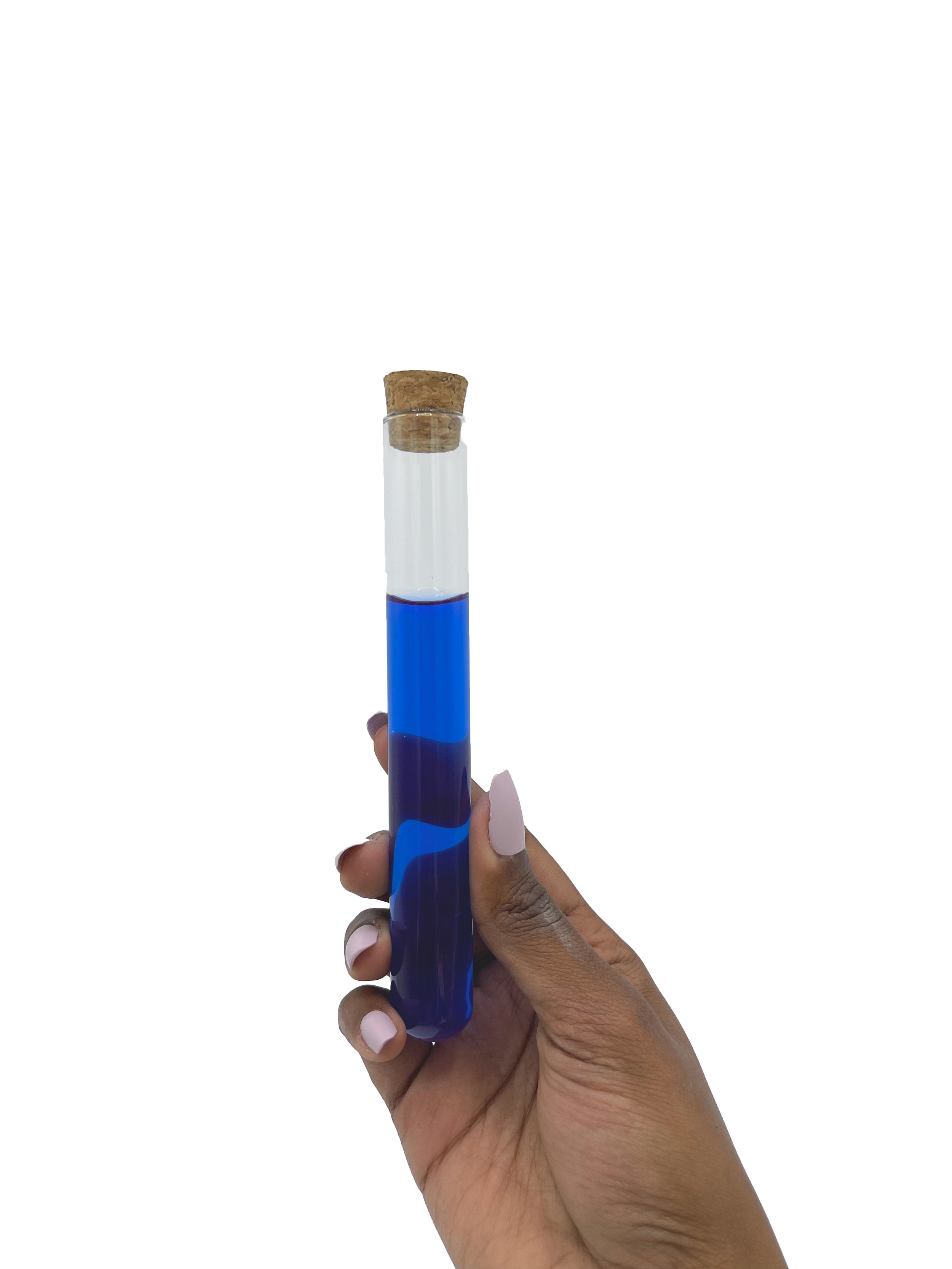



Light is a profound element in our lives. Through a design perspective, it is incredible to think about the effect it can have on people's perceived experience in a given space. This project explores light as an experience and a source of energy through the use of algae. Algae could be understood as a mini forest which sequesters CO2 and light energy to convert into biofuel and oxygen.
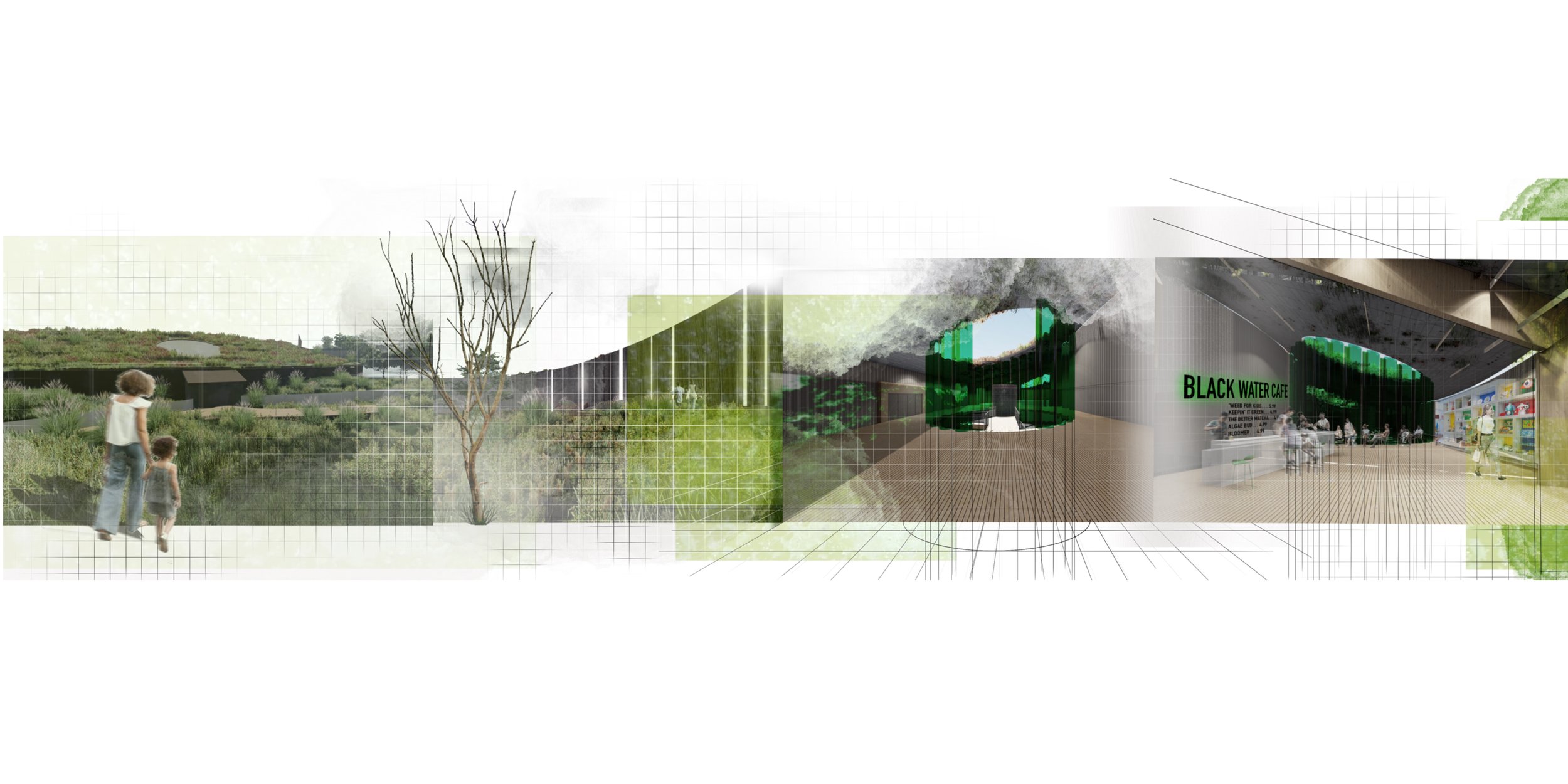

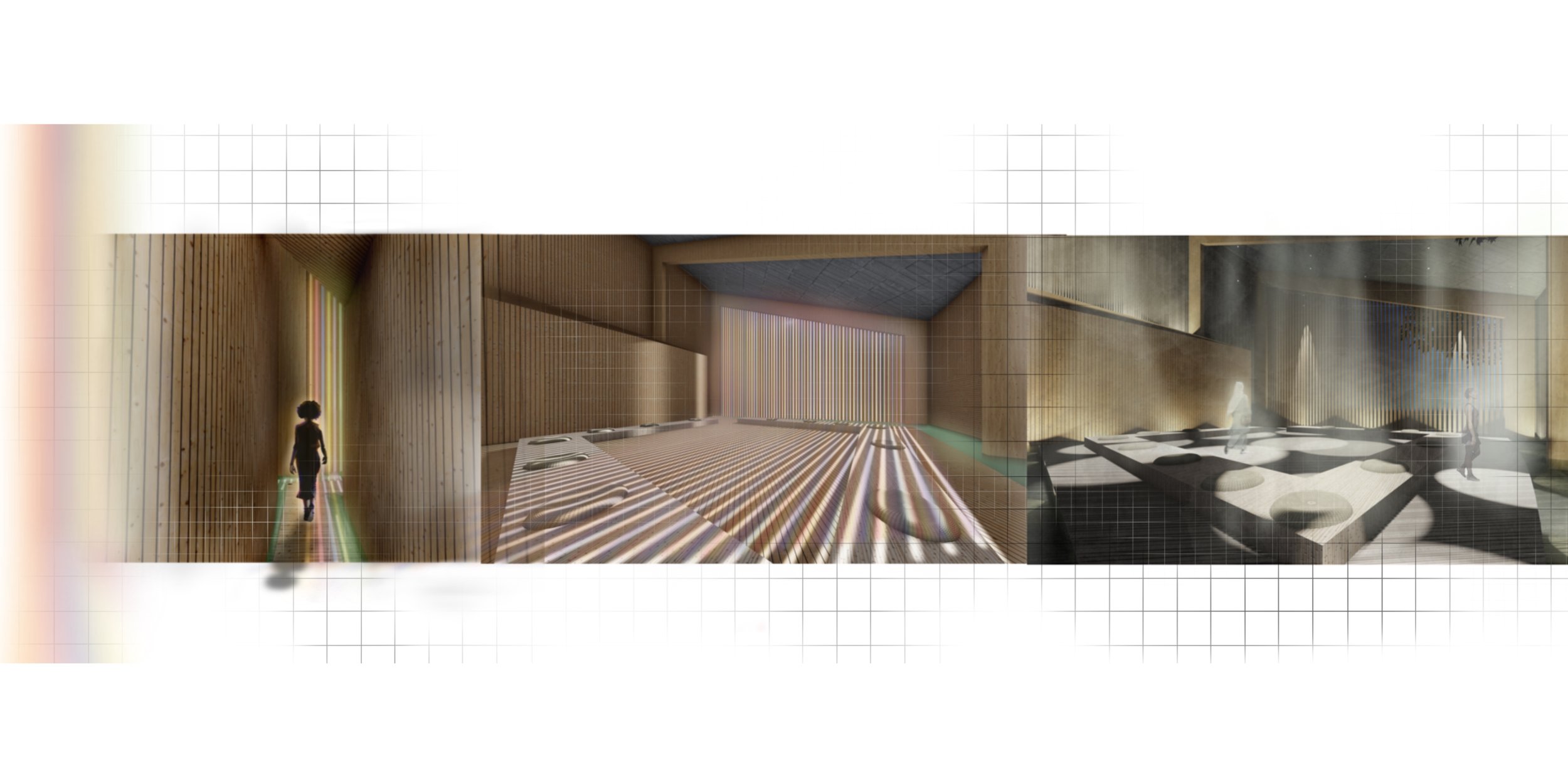
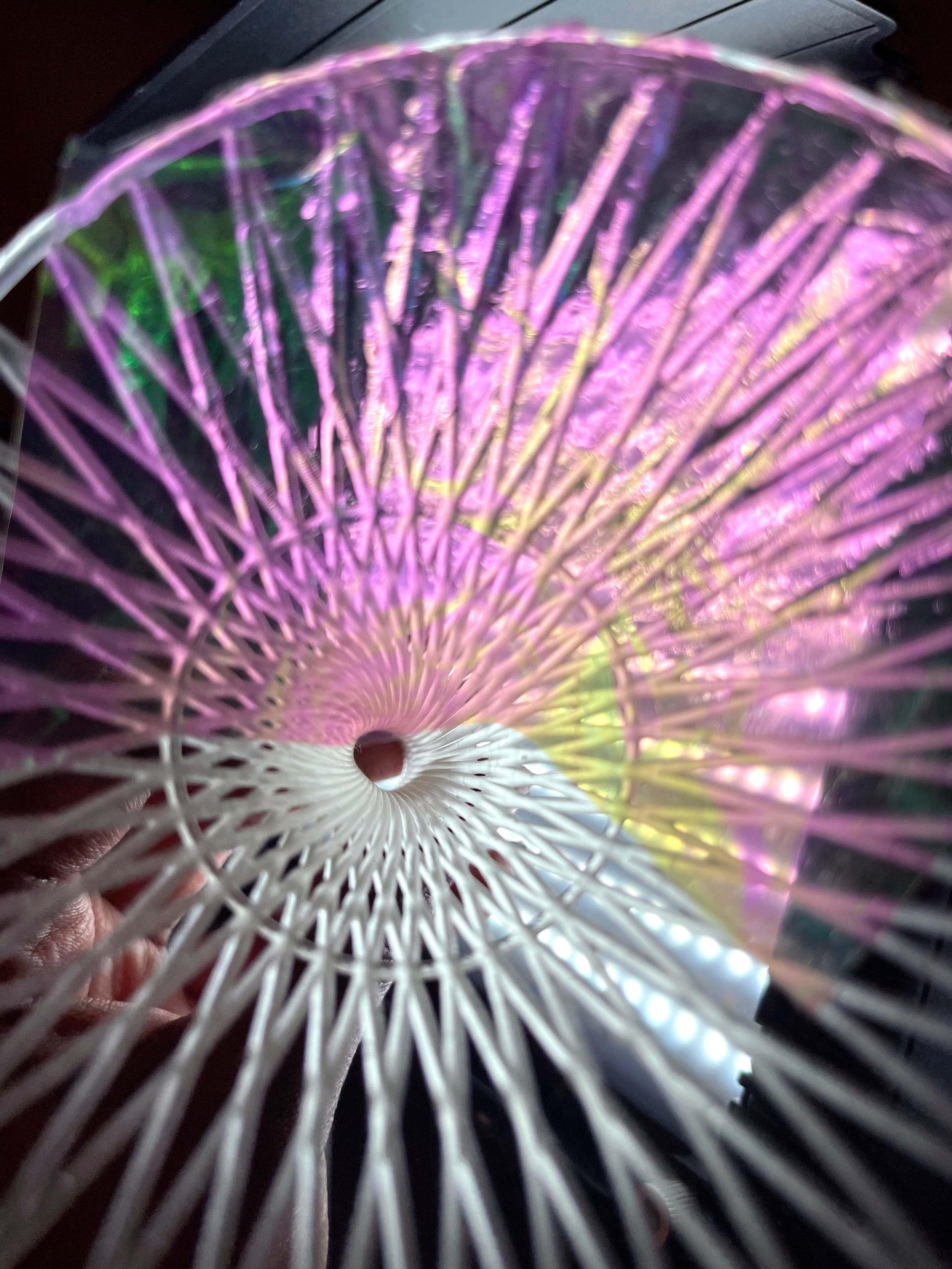
fabricated solar chimney using a resin printer

fabricated solar chimney using a resin printer

fabricated solar chimney using a resin printer
